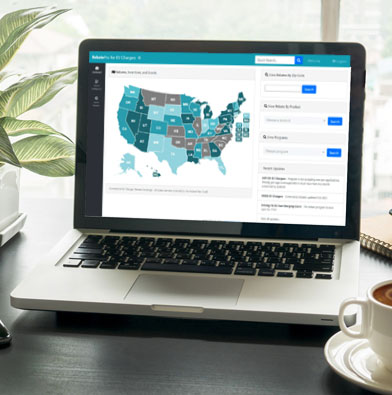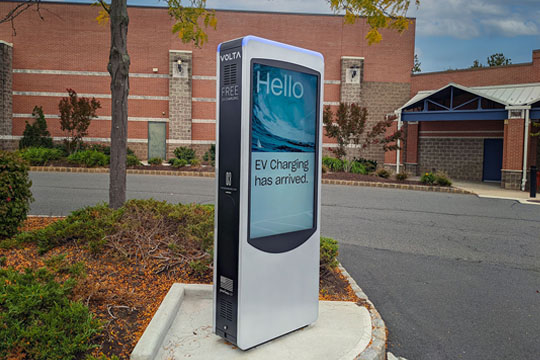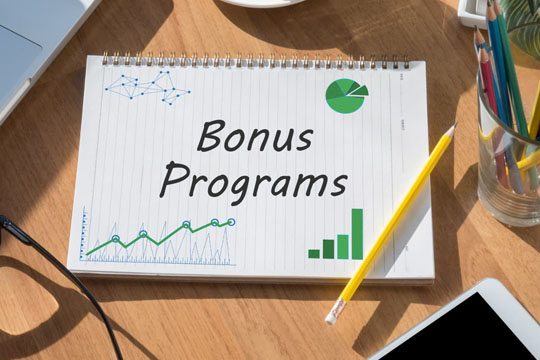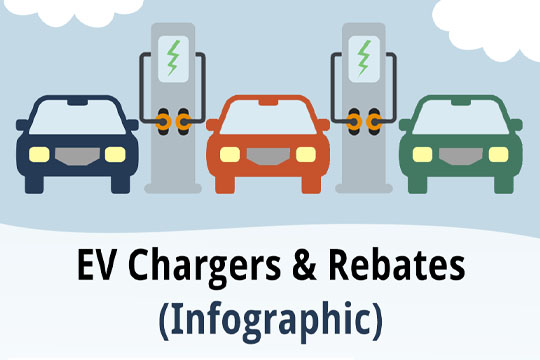In the rapidly advancing realm of electric vehicles (EVs), the road to adoption is often paved with promising incentives, one of the most notable being EV charger rebates. 74% of the country boasts a rebate for EV chargers, but navigating the landscape to get these incentives can be both rewarding and, at times, challenging.
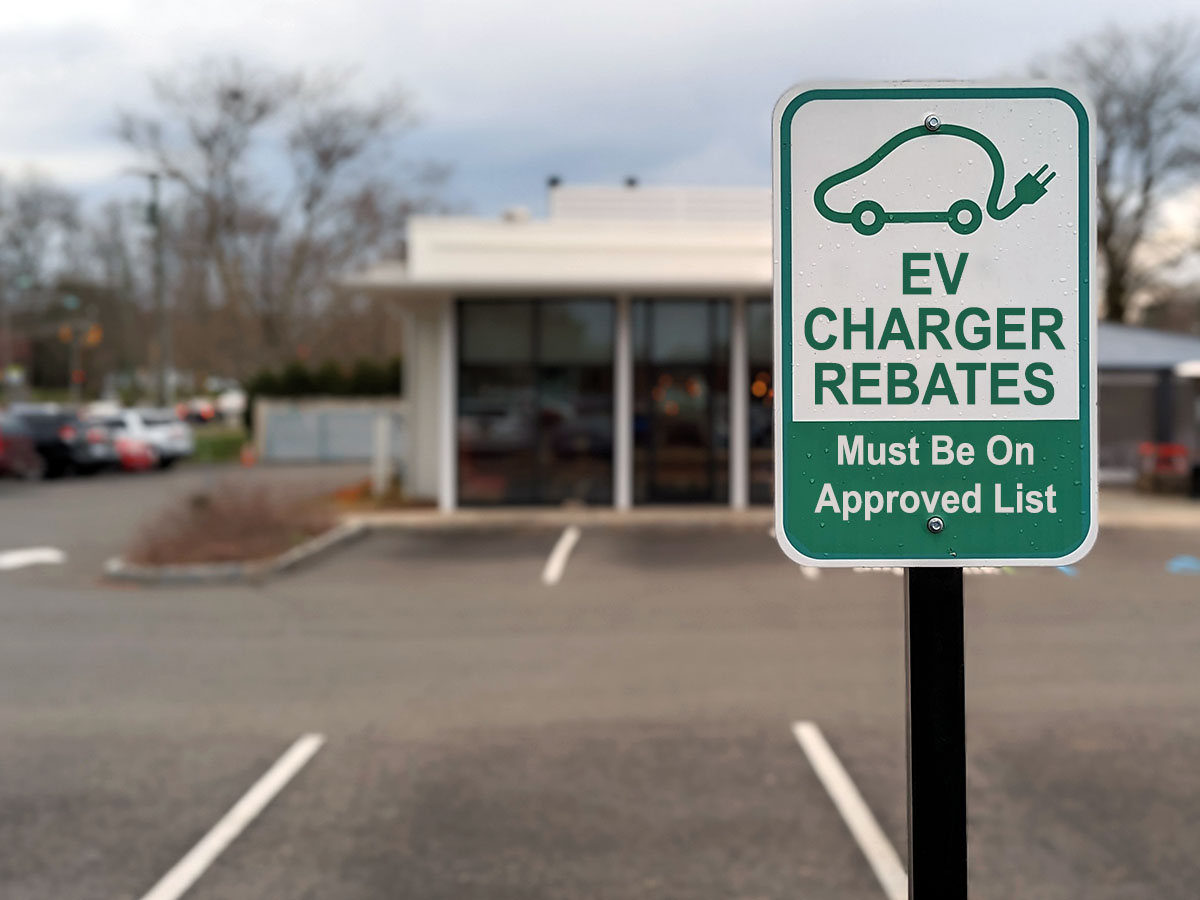
Why EV Charger Rebates Are Important
As the country strives to build up the electric vehicle charging infrastructure, incentives play a crucial role. It's a chicken and egg scenario; people won't buy EVs if they can't charge them somewhere, but companies won't install chargers if no one will be using them. Rebates bridge this gap, alleviating the financial burden of charger installations.
The relatively high incentive amounts can help cover a significant portion of the installation cost. For Level 2 residential chargers installed for personal use, the average rebate across North America stands at a respectable $544. On the commercial side, the average rebate for Level 2 chargers is currently $3,128, and for Level 3 / DCFC charging stations, it skyrockets to $24,379. This substantial financial support aims to accelerate the deployment of fast-charging solutions nationwide.
| Average EV Charger Rebate in North America |
|
|---|---|
| Level 2 Charger Residential |
$544 per charger |
| Level 2 charger Commercial |
$3,128 per charger |
| Level 3 / DCFC Charger Commercial |
$24,379 per charger |
The Approved Products List Dilemma
While the promise of rebates is enticing, the process to get these funds is not as straightforward as it should be. One pain point is the use of approved product lists (APLs), which adds a layer of complexity that can be best described as a hassle.
According to RebatePro for EV Chargers, 20% of incentive programs across North America have an APL. That percentage is consistent across residential and commercial rebates, Level 2 and Level 3 (DCFC). The number of programs with their own approved lists has remained consistent since we first started monitoring EVSE incentives in 2021.
20% might seem modest compared to other technologies – for instance, around 80% of commercial lighting rebates hinge on a fixture's inclusion in a standardized list like the Design Lights Consortium (DLC). However, many of the major metropolitan areas have Approved Product Lists and overlooking them could significantly impact projects in those regions.
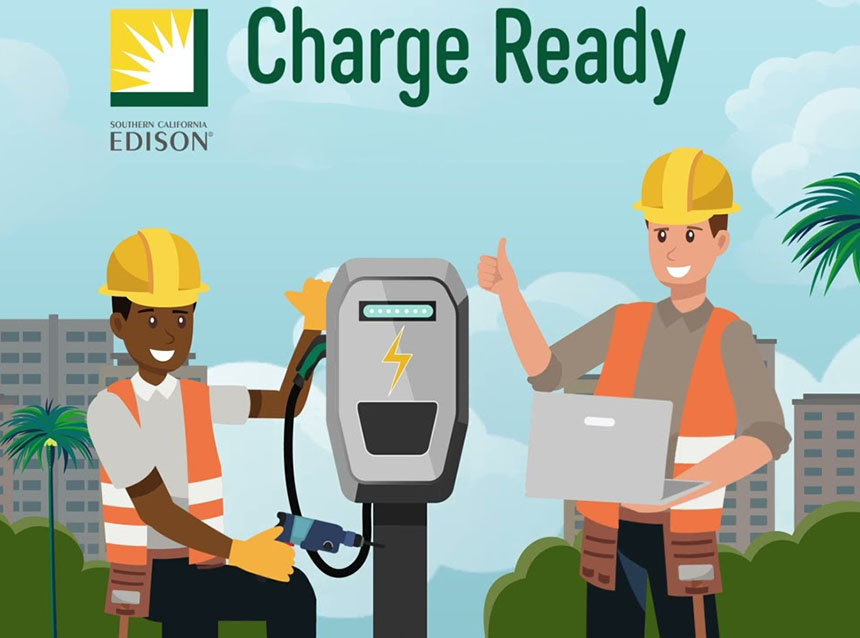
For example, Southern California Edison (SCE), the second largest utility in California, maintains an APL for its Charge Ready program. If a charger isn't listed by that program, it won't receive the valuable incentives in nearly one-third of California.
In addition, roughly 15% of the commercial programs have an Approved Network List (ANL). These lists don't necessarily care about the charger itself, but instead, they list which network the charger must be connected to.
Why Not Just Use the ENERGY STAR List?
ENERGY STAR has a specification for EVSE and maintains a list of certified ENERGY STAR chargers, so why don't the rebate programs just use that? The ENERGY STAR specification regulates certain measures, a key one being standby power. According to ENERGY STAR, EV chargers are typically in standby mode (not actively charging a vehicle) for about 85% of the time. ENERGY STAR-certified EV chargers use 40% less energy in standby mode, reducing their impact on the environment.
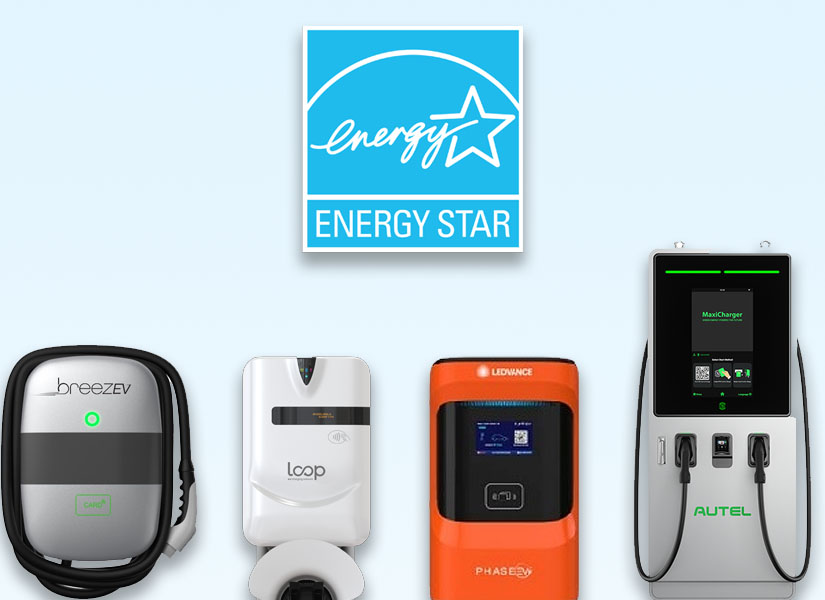
But that's not the primary concern rebate programs have. For many EV charging programs, transparent reporting is much more important. Some utilities may offer time-of-use or special EV charging rates, while others have a demand-response component that dials back charging during power events. For those initiatives, two-way communication with the charger essential.
Some rebate programs use the ENERGY STAR list as a basis for their APL, but they narrow it down from that master list to their own approved list.
Approved Product Lists Are a Hassle for Everyone
The use of APLs creates a challenge for nearly everyone in the EV charging channel. Each player has different pain points when it comes to these lists.
EV Charger Manufacturers / OEMs
For EV charger manufacturers, first, they must find which programs have an approved list of chargers. That in itself can be a pain as it requires sifting through pages upon pages of applications and user manuals. Once they find which programs have an APL, they need to figure out how to get on the list by trying to contact the program. Many programs don't have direct contacts, just a generic email address to send an inquiry to. In addition, the guidelines for chargers are often not published on the website, and even once a charger is approved, lists can take months to be updated.
Top 5 Brands on Approved Lists
Level 2 – Residential
1) ChargePoint2) Enel X
3) Autel
4) Flo
5) Blink
Level 2 – Commercial
1) ChargePoint2) Enel X
3) Blink
4) Flo
5) BTC Power
Level 3 / DCFC – Commercial
1) ChargePoint2) ABB
3) Tritium
4) BTC Power
5) Tellus Power
Approved Networks
1) ChargePoint2) Blink
3) EV Connect
4) Enel X
5) Flo
EV Charger Rebate Programs
It's not easy for rebate programs either, as the sheer number of manufacturers and chargers available is skyrocketing. SCE's Charge Ready program's APL already includes more than 382 eligible chargers from 60 manufacturers. Staff at these programs must review chargers constantly and update their approved lists.
Electrical Distributors / Installers
Distributors selling chargers also have a problem due to APLs. Since customers rely on them to provide useful product information, they must make sure the specific models they're offering are listed on applicable APLs. Also, they don't want to stock chargers that aren't eligible with the local rebate programs, or they end up with inventory they can't move.
Facility Owners
For a facility owner looking to install an EV charger, an approved list complicates an already complex rebate process. Sometimes, it's not just an approved charger or network but both, leaving someone unfamiliar with EV charging to struggle to find a rebate-eligible solution.
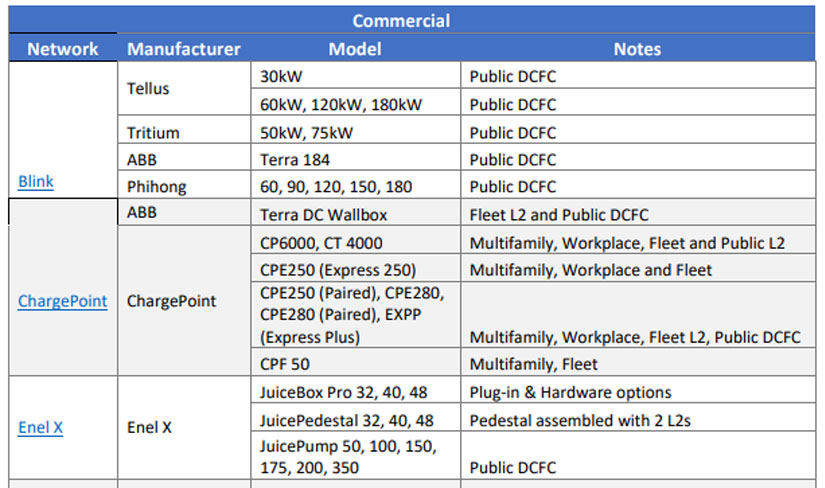
Look at the above excerpt from page 18 of Atlantic City Electric's 26-page guideline for their EV Charger program. They list it first by network and then by charger, and a charger can be included under multiple networks. While that might make sense to someone in the EVSE industry, a restaurant owner looking to get a charger on his property will definitely struggle with this cumbersome requirement.
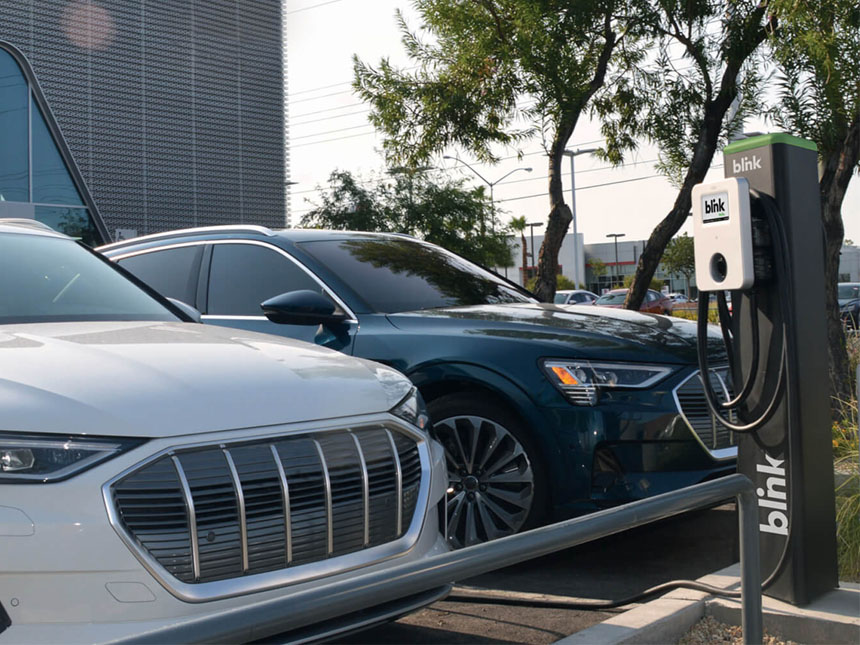
Hoping for a Better Future
EV charger incentives play a crucial role in shaping the infrastructure for the ongoing electric vehicle transition. Presently, the complexity surrounding these rebates, particularly due to Approved Product Lists (APLs), creates challenges for manufacturers, distributors, installers, and facility owners. As these programs mature and focus on increased participation, hopefully, incentive programs will shift to a more customer-friendly approach. This could involve standardized lists shared across programs or a charger-agnostic framework based on minimum technical requirements, providing a more seamless experience for all stakeholders involved.
Which Programs Have Approved Product Lists?
RebatePro for EV Chargers makes it easy to determine which rebate and incentive programs have an Approved Product List or Approved Network List. Quickly research where you need to get your equipment on an approved rebate program list or make sure you're using the right rebate-eligible charger in your area.


